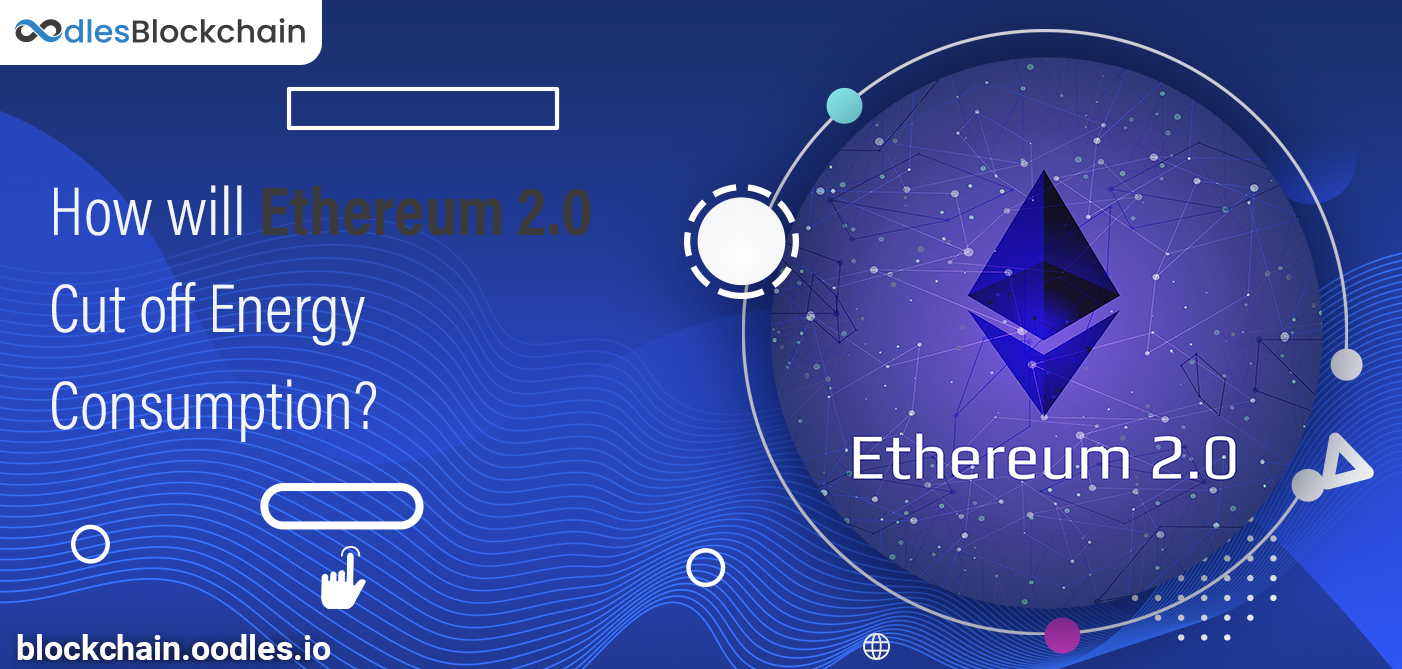-
From non-fungible tokens (NFTs) to decentralized finance (DeFi), Ethereum blockchain application development has become crucial for many emerging crypto projects. However, Ethereum uses the Proof-of-Work (PoW) consensus mechanism. This model is known for its high energy requirements. Eventually, it leads to detrimental environmental impacts. So, Ethereum upgraded itself to tackle this issue with Proof-of-Stake (PoS). Read on to know how exactly this platform is making itself sustainable.
What Makes Proof-of-Stake More Feasible
To understand the whole issue, we need to understand the consensus mechanism used earlier in Ethereum. As mentioned above, the platform heavily relied on the proof-of-work consensus to record and confirm transactions. This consensus model requires participants (miners) to add new blocks to the blockchain. These miners have to compete against each other to solve complex mathematical problems. However, this solving process (mining) requires heavy computers and electricity. Consequently, there is immense power wastage, which leads to environmental hazards. So, Ethereum switched to the proof-of-stake (PoS) consensus mechanism in its upgrade. The PoS consensus model does not require mining hardware to add a new block. In this mechanism, network participants (nodes) have to lock their funds in the smart contract to participate in the mining process. Then the consensus randomly selects a node as a validator, who mines the new block and gets a reward. This way of reaching a consensus removes the platform's dependence on heavy hardware. Ultimately, it becomes an eco-friendly option. Furthermore, this consensus model increases the transaction speed as well as the scalability of the platform. As far as the current estimation goes, the energy consumption of Ethereum will decrease by 99.95% with the proof-of-stake mechanism. As per Etherscan, the mainnet achievement of Ethereum will be around 14 TPS (transactions per second). Moreover, Ethereum will use less than 1% of payment processor energy compared to the Visa network. Also, Read: Building a Layer 2 Payment Channel Network Using Ethereum
Current Energy Consumption of Ethereum
Bitcoin introduced the proof-of-work mechanism in 2009. The payment network suffers the same amount of energy consumption criticism for using the PoW mechanism that Ethereum is now suffering. Moreover, the longer running duration of the PoW consensus will leave a larger carbon footprint. In the PoS mechanism, users wanting to become validators require a secure network, an internet connection, a device with a CPU, and 32 ETH. Ultimately, these changes lead to less carbon footprint. In fact, Ethereum is not that far off from Switzerland in its carbon footprint. Also, the power intake of Ethereum is on par with Finland's energy consumption. Also, Read: Safemoon vs Bitcoin: How to examine these two cryptocurrencies?
Why is Ethereum Improvement Proposal (EIP)-1559 Crucial
Apart from PoS, Ethereum has another major upgrade called London, which includes Ethereum Improvement Proposal (EIP)-1559. This proposal aims to implement changes in estimating appropriate ether (ETH) transaction fees or gas fees. As of now, users need to pay fees for adding their transactions to a new block. However, users have to estimate these gas fees. Moreover, the chances of adding the transaction fees in a new block increase with more charges. As a result, some users tend to pay more than others, making the system inefficient. EIP-1559 introduces a two-tiered system containing a base fee and tips. Users have to pay base fees and can opt to pay tips to increase their transaction process. The proposal algorithmically adjusts the base fee for every transaction. Users have to use ether to pay these base fees. So, when the network faces congestion it first selects the transactions of users who paid tips. EIP-1559 might decrease the transaction time when implemented. Additionally, it will reduce gas fees to streamline the user experience. Also, Read: Enterprise Ethereum Blockchain Use Cases and Applications by Industry
How does Beacon Chain Matter for Ethereum 2.0 Energy Consumption?
The Beacon Chain is the central component of the Ethereum 2.0 ecosystem. It randomly picks the next validator and monitors its activity. It came into existence in December 2020. Moreover, it sets to coordinate a PoS system across the network. Also, it permits developers to make upgradation and adjustments whenever needed. It will effectively enhance the network of 64 blockchains with a network of shards (new chains) and stakers. Thus, it increases the transaction speed and volume of the network. Moreover, the Beacon chain plays the backbone role that supports the Ethereum 2.0 energy consumption. It acts as a heartbeat that makes the system alive and coordinates with all players. Also, it authorizes vital insights into how energy consumption will evolve in Ethereum. It is too early to conclude as we still need to wait for the merger with the Ethereum mainnet. For more information about Ethereum 2.0 energy consumption, connect with our Ethereum blockchain developers.

Our Offices
INDIA
Emaar Digital Greens, Sector 61,
Gurugram, Haryana
122011.
Welldone Tech Park,
Sector 48, Sohna road,
Gurugram, Haryana
122018.














